Aldi Specially Selected Manuka Honey
Label claim: Active 10+
Stockists: Aldi
Price: £4.29 (250g)
What the tests showed:
Total Activity (TA): 9.5
Non-peroxide activity (NPA): <9.5
The lab says: “The TA result of 9.5 supports the pack claim of ‘Active 10+’ when the leeway for test variability of plus or minus 2 is taken into account. The jar makes no claims regarding non-peroxide activity and no NPA was detected - disappointing as ‘activity’ in Manuka honey is, in our experience, typically associated with significant non-peroxide activity.”
The company says: “We use the word ‘active’ as genuine manuka honey, such as Aldi’s, must contain pollen from the manuka bush, which is only found in New Zealand,” says Giles Hurley, MD of corporate buying at Aldi. “Active refers to the total antibacterial activity, which includes both methylglyoxal content and non-peroxide activity. As honey is a natural product, it is not unusual to see variations between products and the associated antibacterial levels. Aldi takes the validity of all claims displayed on its products very seriously and through a combination of testing and audits conducted by Aldi and its suppliers, we are able to verify any claims made. We are clear that the Manuka honey we sell is not UMF certified and we make no claims either direct or otherwise in this regard. We will review the publication of the New Zealand Government’s guidelines and will make any necessary changes to labelling if required.”
How the tests were conducted:
Tests were carried out by Minerva Scientific, one of Europe’s leading independent honey testing labs, on seven randomly selected manuka honeys. Minerva conducted two different tests on the samples - one for Non-Peroxide Activity (NPA) and one for Total Activity (TA). The test for NPA was a microbial inhibition plate bioassay based on the procedure developed by Professor Molan in New Zealand, for the measurement of the antibacterial qualities of manuka honey. The TA was measured using a modified version of the same plate bioassay to yield comparable results. All antibacterial activity was measured against phenol standards and expressed in % phenol equivalence. The uncertainty of measurement for the tests was estimated at +/-2% phenol equivalent - eg: a result of 10% phenol could lie anywhere from 8% to 12%. All the honeys are operating within the current laws.




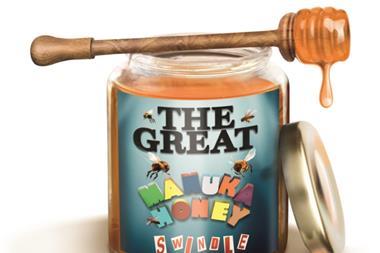
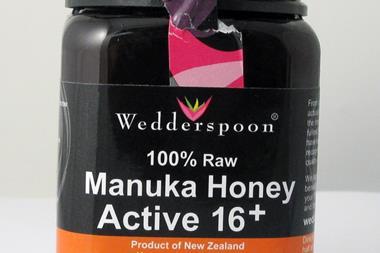
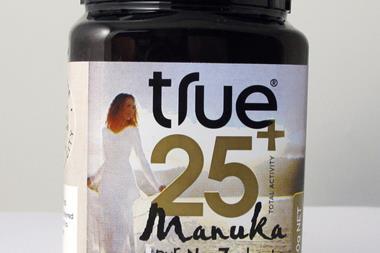
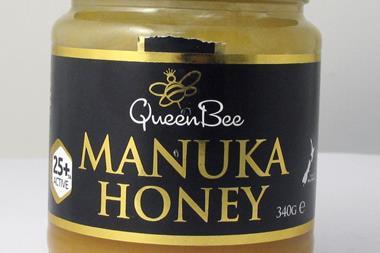


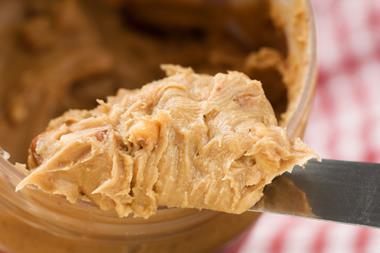

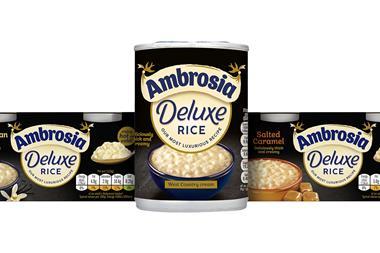
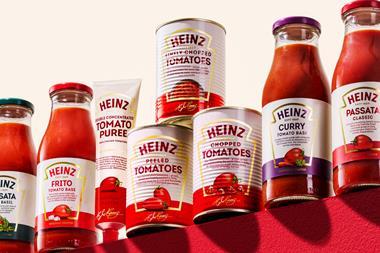

1 Readers' comment